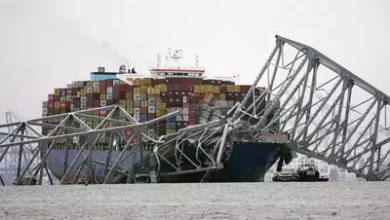deadly turbulence
The terrifying 1,800-meter plunge of a Singapore Airlines aircraft in extreme turbulence that claimed the life of a British man, 73, and wounded 71 others is documented. This, the airline’s first death in 24 years, highlights the increasing risk of disruption in contemporary air travel.

Notwithstanding advancements in meteorological science, turbulence remains a severe menace, especially the clear-air sort that is suspected in this occurrence. It is particularly dangerous, according to experts, since it often attacks pilots in the vicinity of jet streams and other atmospheric boundaries without warning or sight. Although turbulence deaths are very uncommon, their unpredictability makes it imperative that passengers always pay attention to the seatbelt indicator. Unbuckled people are more likely to sustain injuries during such abrupt events.
The seriousness of the event and the risk of injury from rough rides are shown by the emergency landing in Bangkok and the care given to the wounded, six of whom are in critical condition. As the prime minister of Singapore has stated, a comprehensive inquiry should reveal the events and reasons surrounding the fatal fall, assisting in the understanding and mitigation of similar hazards. Turbulence is thought to be being exacerbated by climate change. Reading University scientists have detected a considerable increase in severe turbulence over the last forty years, which they attribute to global warming-driven changes in wind patterns.
The probability of flying into turbulent areas increases with air travel, making flight planning and passenger safety more difficult. The aviation sector has to change to reflect these new circumstances. Stricter adherence to safety procedures, intense worker training, and improved forecasting tools are necessary. Prioritizing passenger education is crucial for airlines, since it emphasizes the need of wearing seat belts the whole journey. Coordinated efforts are required to overcome these obstacles and guarantee everyone travels safely as the skies get more turbulent.







